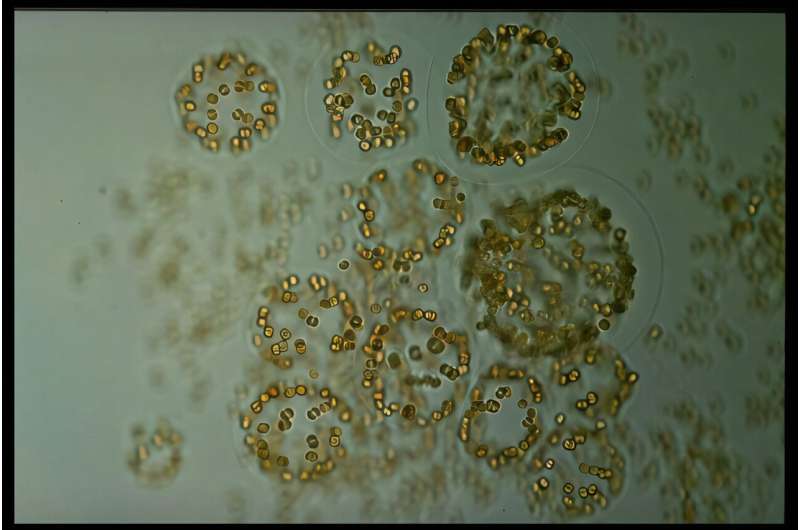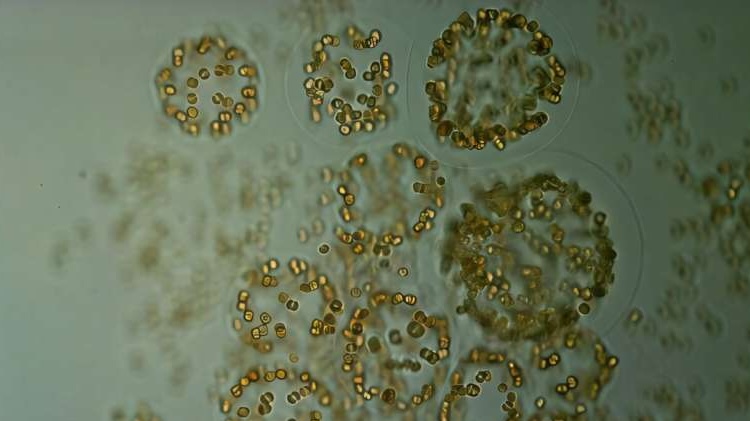
Ancient Algae, Modern Lessons
Roughly 14,000 years ago, during the end of the last Ice Age, massive blooms of the algae Phaeocystis thrived in the Southern Ocean. These blooms absorbed large amounts of carbon dioxide (CO₂) from the atmosphere, significantly slowing global warming at a time when Earth’s climate was in flux.
For the first time, scientists proved this connection using sedimentary ancient DNA (sedaDNA)—genetic traces preserved deep in ocean sediments. Unlike diatoms or other algae, Phaeocystis doesn’t leave behind fossil remains, so its role had remained hidden until now.
Why Phaeocystis Matters
The findings reveal that when sea ice extended further in winter, the spring melt created nutrient-rich waters that fueled explosive algal growth. These blooms:
- Captured atmospheric CO₂ and stored it in the deep ocean.
- Supported marine food webs and influenced nutrient cycles.
- Released dimethyl sulfide (DMS), a gas that promotes cloud formation and sunlight reflection, helping regulate Earth’s climate.
In other words, algae acted as a natural climate engineer.
The Climate Challenge Ahead
Fast-forward to today: with Antarctic sea ice in dramatic decline, Phaeocystis faces major threats. Unlike diatoms, which may adapt to ice-free conditions, Phaeocystis is uniquely efficient at transferring carbon to the deep sea. Losing these blooms could mean:
- Less CO₂ captured and stored.
- Altered food chains in the Southern Ocean.
- Reduced cloud formation, amplifying global warming.
This highlights how delicate and interconnected marine ecosystems are—and why algae must be part of climate research, innovation, and policy.
What This Means for Us
At Algae Living, we see this research as a reminder of algae’s untapped potential in addressing today’s environmental challenges. From biodiesel production to carbon capture solutions, algae continue to prove that they are more than a resource they are a key to our planet’s resilience.
Moving Forward
The AWI study shows how combining DNA technology with geology can unlock hidden stories of Earth’s climate past. For us, it’s also a call to action: to invest in algae-based technologies and ensure that these microscopic climate allies continue to play their role in building a sustainable future.
Source : https://phys.org/news/2025-08-microalgae-significant-co8322-absorption-southern.html

